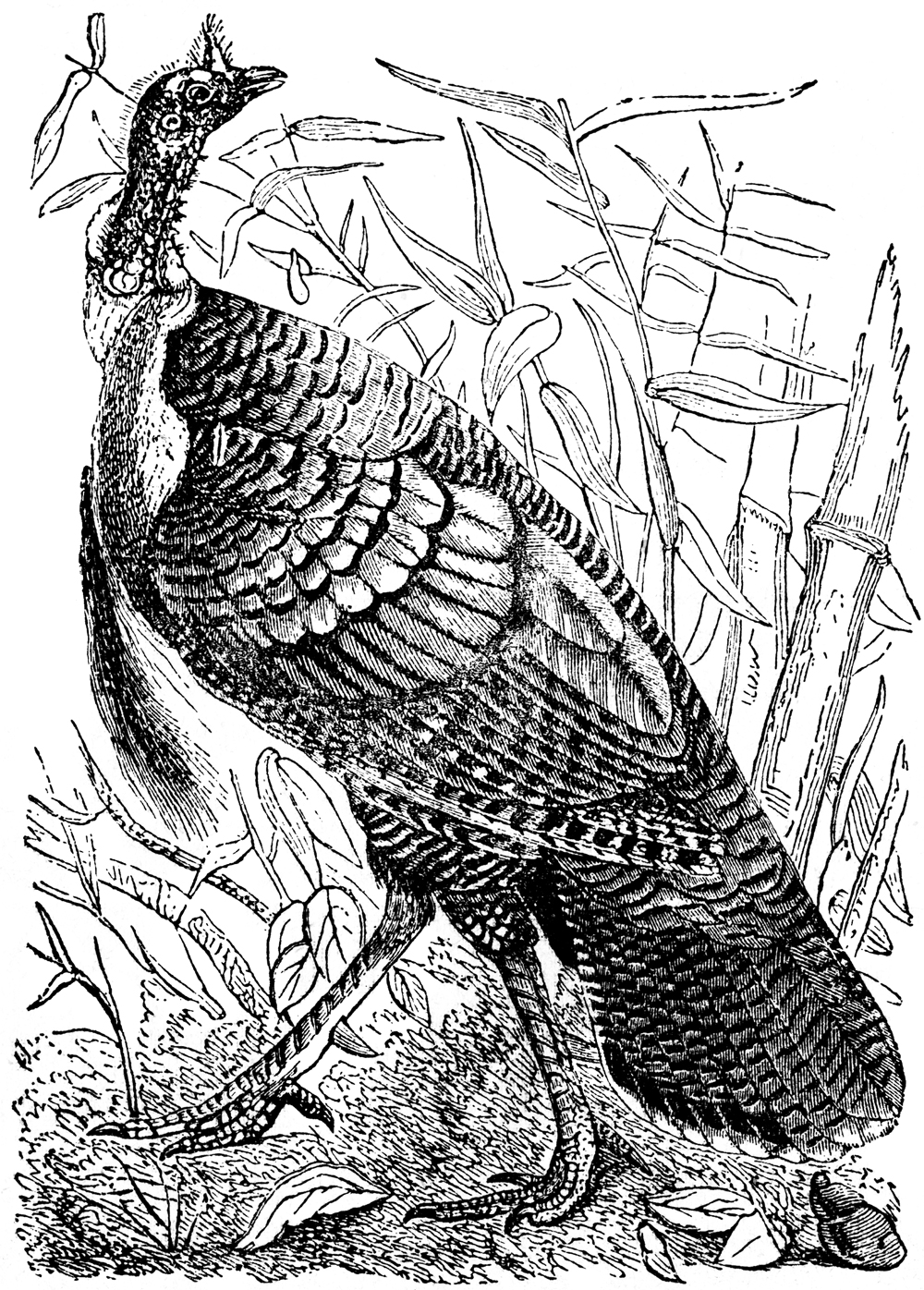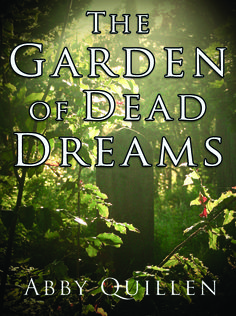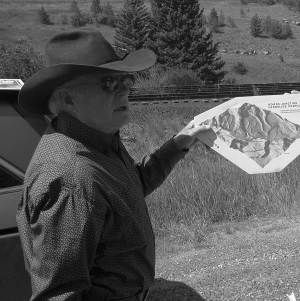By Tina Mitchell
Okay, I’ll show my age. Anyone else remember the 1980s situation comedy WKRP in Cincinnati? One episode highlighted an ill-fated Thanksgiving advertising campaign featuring domesticated turkeys dropped from a helicopter flying over the city – and plummeting straight to the ground. Covering the event on the ground, reporter Les Nessman wailed, “Oh, the humanity!” If only they had known just a bit about domesticated turkeys, especially in contrast to their wild cousins …
Compared side by side, differences abound between Wild Turkeys – the birds, not the bourbon – and domesticated turkeys raised en masse for the holiday dinner table. Standing two to three feet tall, an adult Wild Turkey weighs up to 20 pounds. Fleet of foot and strong of wing, it can dash as fast as 25 miles per hour and fly up to 55 miles per hour, at least for short distances. Domesticated turkeys have been bred to have much larger breasts and weigh about twice as much as their wild cousins. As a result, they can’t run very fast and can’t fly at all (as Les Nessman could attest). Many domesticated turkeys have white feathers, to prevent skin coloration, while their wild counterparts sport dark, iridescent plumage that both glimmers in bright light and helps them disappear into shaded woodland surroundings. A Wild Turkey’s intelligence and constant state of heightened awareness make it one of the most challenging game animals to hunt – or even to capture in a quick photo. Domesticated turkeys have been bred for temperaments that do well in confinement, rendering them docile and not particularly intelligent.
Known in scientific circles as Meleagris gallapavo, all aspects of the Wild Turkey’s various names reflect confusions and superficial similarities to other birds. The genus name derives from the Greek word for the African guinea fowl (meleagris), which taxonomists thought the turkey resembled. The species name comes from Latin gallus (rooster) and pavo (peacock) – again, because taxonomists thought our turkey resembled these birds too. Finally, the common name of “turkey” arose because the guinea fowl was also called a turkey, since people erroneously thought it came from Turkey. I guess you do the best you can with what you know at the time.
M. gallapavo consists of twosubspecies. Merriam’s Turkeys, native to Colorado and found in our area, forage primarily in dry forests up to 8,000 feet, showing a strong preference for acorns and nuts when they’re available. But turkeys will eat a surprising array of foods, including grasshoppers, grasses, and even sunflower seeds and cracked corn under our bird feeders. To increase hunting opportunities, Colorado Parks and Wildlife in 1980 introduced individuals of the second subspecies – Rio Grande Turkey, native to Kansas, Oklahoma and Texas – to forested areas along major rivers of the Eastern Plains.
Male turkeys are called “toms” or “gobblers,” after their mating call. The U.S. has many landmarks honoring gobblers. Probably the most famous, Gobbler’s Knob, lies just outside Punxsutawney, Pennsylvania, where groundhog Punxsutawney Phil emerges – or is dragged out – each Groundhog Day to check for his shadow. But western Fremont County also boasts a Gobblers Knob (no possessive case), just east of Coaldale on the south side of U.S. Hwy. 50. According to Peakery, a global mountain summit log, this Gobblers Knob soars to a height of 6,811 feet, making it the 3,550th highest mountain in Colorado and the 14,569th highest mountain in the U.S. (Really – someone figures these things out.) Yet one more thing to appreciate about western Fremont County, I’d say.
Ben Franklin held the Wild Turkey in high esteem. Not a fan of the Bald Eagle as the symbol of the U.S., he felt that that bird was a robber and a lazy coward. Instead, in 1782, he wrote, “… the Turkey is in Comparison a much more respectable Bird … He is besides, though a little vain and silly, a Bird of Courage …” One can debate whether he was serious; after all, this comment appeared only in a letter to his daughter. But whether or not you prefer the Wild Turkey as our national symbol, whether or not you celebrate Thanksgiving, whether or not you eat domesticated turkey, you can’t miss the many representations of turkeys this month. I hope you’ll take a moment to be thankful for these native, stunning, wily denizens of Colorado’s woodlands.
Tina Mitchell watches nature with her human and canine family from their perch in the piñon/juniper habitat of western Fremont County. When she needs to pay the bills, she shows up as a research psychologist on the University of Colorado Anschutz Medical Campus in Aurora.




